When it comes to music production, the right tools can make all the difference. MIDI controllers are at the heart of most modern setups, offering a tangible connection to virtual instruments, DAWs, and plugins. With so many options available, choosing the right MIDI controller can be a daunting task. But don’t worry this guide will help you navigate the process and ensure you pick the perfect controller for your needs.
Understanding Your Workflow
Before you even start looking at MIDI controllers, it’s essential to assess your workflow. Think about the type of music you produce and how you like to work. Do you prefer a hands-on approach, tweaking knobs and faders, or are you more comfortable working with a keyboard interface? Understanding your needs will help narrow down the options.
Key Considerations
1. Type of Music You Create: If you produce electronic music, you may want a controller with pads for triggering samples and loops. If you’re focused on orchestral compositions, a weighted key controller could suit your needs better.
2. Space Constraints: If you have a small studio or need portability, a compact controller might be best.
3. DAW Compatibility: Ensure the controller is compatible with your DAW of choice, whether it’s Ableton Live, Logic Pro, or something else.
Controller Types: Which One Fits Your Style?
There’s no one-size-fits-all solution when it comes to MIDI controllers. Let’s break down the most popular types to help you decide which one suits your needs.
1. Keyboards and Keybed Controllers
The classic choice for any producer is the keyboard MIDI controller. They range from small, portable 25-key models to full-sized 88-key options with weighted keys, ideal for pianists.
Best for: Musicians who need a versatile interface for playing melodies, chords, and basslines.
Features to Look for: Velocity-sensitive keys, aftertouch, pitch bend/modulation wheels, and octave shift controls.
2. Pad Controllers
If you’re producing electronic, hip-hop, or experimental music, pad controllers can be a game-changer. They let you trigger sounds, create drum patterns, and launch loops with a tactile, responsive surface.
Best for: Producers who use sample-based production or live performance.
Features to Look for: Velocity-sensitive pads, customizable pad mappings, and integration with software like Ableton Live.
3. Fader and Knob Controllers
These controllers typically feature motorized faders, knobs, and buttons designed to control various parameters in your DAW, such as volume, EQ, and effects.
Best for: Producers and live performers who need hands-on control over their mixes and instruments.
Features to Look for: Touch-sensitive faders, customizable knobs, and motorized controls.
4. Hybrid Controllers
These are a blend of different features, combining keyboards, pads, and faders into one unit. They give you the flexibility to work in different ways without needing multiple controllers.
Best for: Musicians who need a versatile controller that can handle different styles of production.
Features to Look for: Multi-functional pads, faders, and keyboard controls in one compact unit.
Important Features to Consider
When choosing your MIDI controller, here are some key features that could make or break your experience.
1. Build Quality
A MIDI controller should be durable and feel solid under your hands. Look for high-quality materials like metal panels and sturdy keys or pads that can withstand heavy use.
2. Sensitivity and Responsiveness
If you’re a pianist or want to express yourself dynamically, key sensitivity and velocity are crucial. Look for controllers with keys that react to the force you apply for a more expressive playing experience. Similarly, responsive pads that register subtle nuances are important for producers who work with drum patterns.
3. Software Integration
Make sure the controller integrates well with your DAW and the software instruments you use. Controllers that come bundled with useful software or are pre-mapped to popular DAWs can save you time and help streamline your workflow.
4. Customization
Some controllers allow you to customize buttons, pads, and faders to suit your specific workflow. This is especially helpful for producers who use multiple instruments and need quick access to frequently used controls.
5. Size and Portability
Depending on your studio setup, you might want a compact controller that’s easy to transport, or you might need a full-sized unit for more control. Consider whether you plan to take it on the go or if space is limited in your studio.
The Viper Synths Advantage
When choosing a MIDI controller, quality and expressiveness should never be compromised. That’s why at Viper Synths, I’ve designed controllers like the ROBOTRON, which are meticulously crafted from premium materials like Bakelite and Sapelli wood. The tactile feel and precision of the controls ensure that every adjustment you make is musical and satisfying. Whether you’re performing live or producing in the studio, ROBOTRON provides the flexibility, reliability, and customization options that modern music production demands.
Conclusion
Choosing the right MIDI controller ultimately depends on your personal workflow and preferences. By considering the type of music you create, the features you need, and the overall quality of the controller, you’ll be able to find the perfect fit for your setup.
Whether you’re just starting out or are a seasoned pro, the right MIDI controller will enhance your creativity and elevate your productions. With options ranging from simple keyboard controllers to sophisticated hybrid setups, there’s something for everyone.
If you’re looking for a controller that combines craftsmanship with cutting-edge technology, the ROBOTRON could be just what you need. Stay tuned for more details on how it can help take your music production to the next level.
www.vipersynths.com

